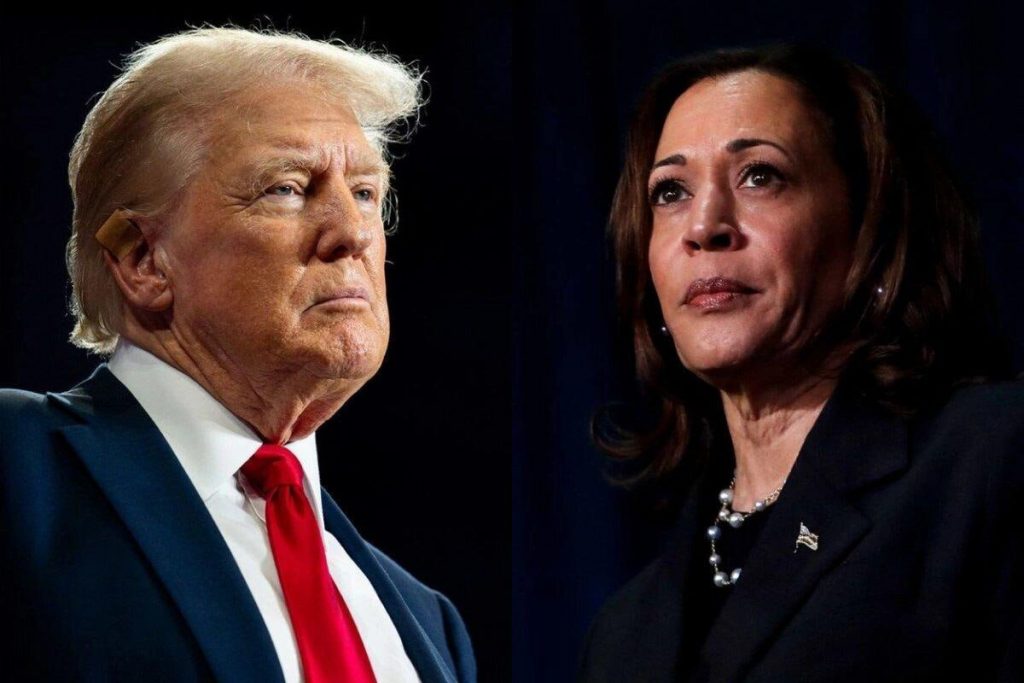With hours to go for the US presidential election, the world is waiting with bated breath to know who is going to take charge of the world’s most powerful democracy. For, the outcome will define in a big way the trajectory of global affairs for the next four years. The fate of three crucial global issues hangs in the balance – the ongoing Russia-Ukraine war, Israel-Hamas/Hezbollah conflict and the financing of the fight against global warming. The Republican candidate, former President Donald Trump, is known for his partiality towards Russian President Vladimir Putin and Israeli Prime Minister Benjamin Netanyahu, while his opposition to providing funds for containing climate change is well known. His rival, the Democrat candidate and Vice President Kamala Harris holds diametrically opposite views of Trump on these burning issues. If opinion polls are any indication the presidential race is poised for a photo finish, though Harris has a slight edge over Trump. According to a latest poll conducted by the New York Times/Siena College, seven swing states could play a decisive role in the poll’s outcome. The states are Nevada, North Carolina, Wisconsin, Georgia, Pennsylvania, Michigan and Arizona. Along with that women are going to have a big say on the electoral fortune of the two candidates.
The poll suggests that Harris is maintaining a lead with 49 per cent compared to Trump’s 46 per cent in Nevada. In North Carolina, Harris leads with 48 per cent, while Trump is two percentage points behind at 46 per cent. Harris remained ahead in Wisconsin with 49 per cent while Trump was trailing at 47 per cent. The race is neck and neck in Georgia where Harris had 48 per cent support as against Trump’s 47 per cent. In Pennsylvania, the outcome stood tied at 48 per cent for both Democratic and Republican parties. Even in Michigan, the poll showed a tie between Harris and Trump at 47 per cent. But in Arizona, Trump is maintaining a healthy lead with 49 per cent and Harris at 45 per cent. The sample size of these polls held between 24 October and 2 November varies from about 1,000 voters to a little over 1,500 voters. The small number of voters surveyed does not minimise the credibility of such assessments as psephologists insist.
Women voters are going to influence the verdict to a great extent, though the gender gap in the US, as indicated in successive polls for the past few decades, has turned out to be in large part a race gap. Women have favoured the Democratic candidate in every presidential race since 1998, but white women have done so only once. They are the single largest electoral bloc, making up about 30 per cent of voters. More white women voted for Trump than Hillary Clinton in 2016 and most white women (53 per cent) backed him last time. In contrast, 95 per cent of Black women and 61 per cent of Hispanic women backed Joe Biden.
This time, however, there are signs that white women may be moving towards Harris. One September poll put her support in that group at 42 per cent, compared with 40 per cent for Trump. In the midterms in 2022, women checked a Republican surge as they were seething with anger for the sweeping away of abortion rights in Republican dominated states.
Bizarrely sexist and crude remarks directed at Harris – in addition to marginally more subtle racism and misogyny – may strike a chord in the hearts of Trump’s male voter base, but alienate others. Trump’s running mate JD Vance’s denigration of “childless cat ladies” is hardly going to help the Republican cause. For young women abortion is at the top of their concerns while for women overall it comes a close second to the economy and inflation.
There is every chance that there is a sizable number of silent voters who have not articulated their choices when pollsters approached them. They along with women voters may hold the key to the final outcome.

